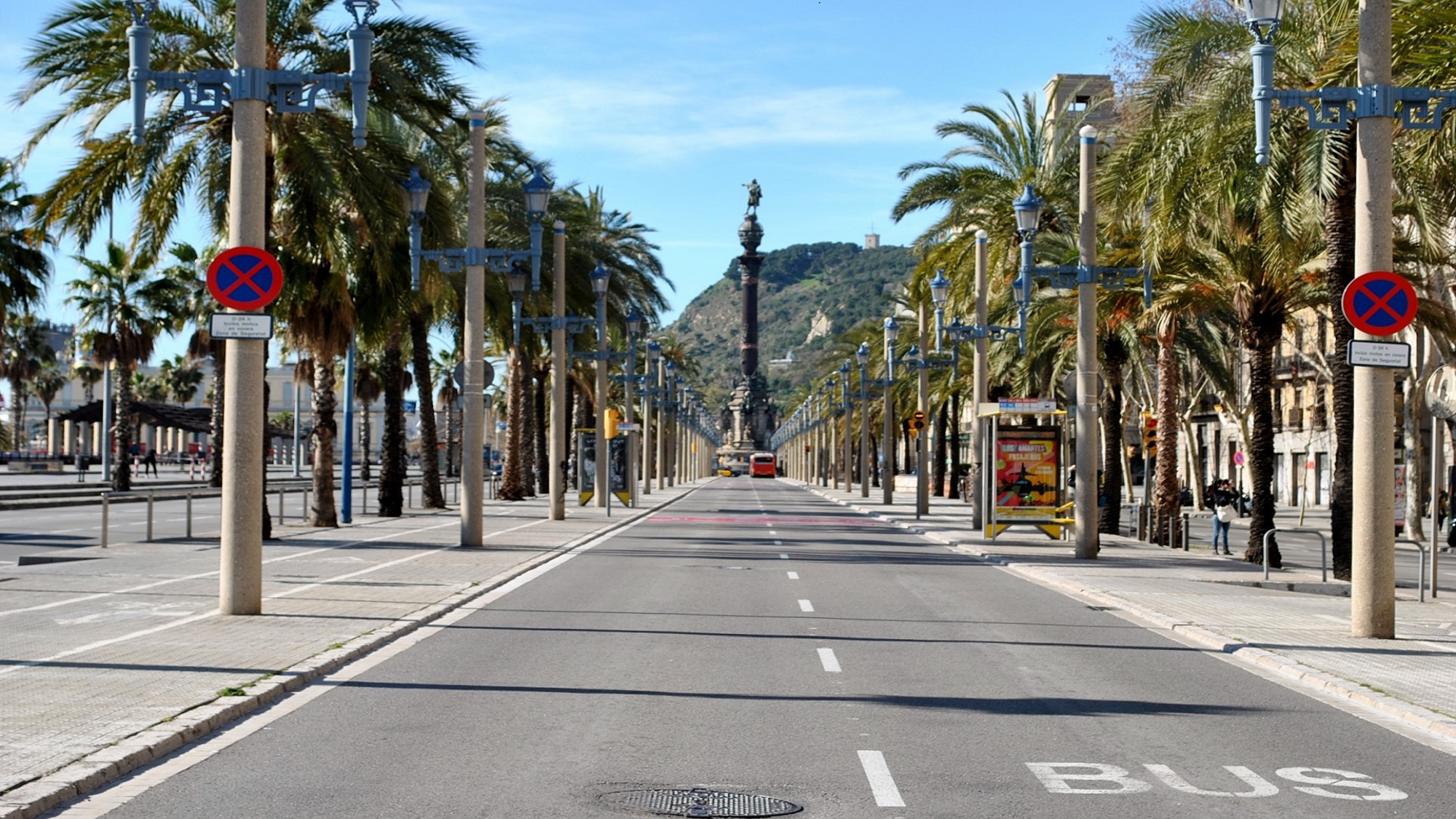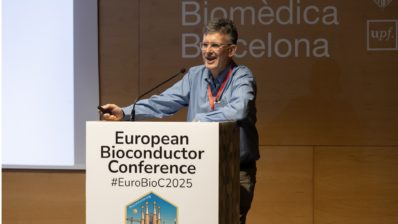A study by the Barcelona Institute for Global Health (ISGlobal) has revealed that reducing motorised traffic by 25% in the city would reduce nitrogen dioxide (NO2) levels by 17.6%, which would result in the prevention of 199 premature deaths per year.
The study, which used models developed in collaboration with the Barcelona Supercomputing Center, was based on the implementation of the city’s 2024 Urban Mobility Plan (PMU, for its acronym in Catalan). The team established 2019 as the base year and estimated the reduction in NO2 and annual fatalities in three hypothetical scenarios. Each scenario assumed different levels of compliance with the plan in terms of traffic reduction:
- If only the most polluting vehicles were eliminated, 67 deaths per year would be avoided.
- If the total number of vehicles were reduced by 25%, 199 deaths per year would be avoided.
- If, in addition to reducing the number of vehicles by 25%, the port were electrified, 228 deaths per year would be avoided.
The electrification of the Port of Barcelona is not part of the PMU, but is a response to compliance with European regulations such as the European Climate Law and the FuelEU maritime initiative. These regulations aim to reduce emissions from maritime transport and it is expected that by 2030 all passenger and container ships will use shore-side electricity while they are in port. This involves electrifying docks that receive cruise ships, ferries and container ships, which will allow ships to switch off their auxiliary engines while in port and reduce greenhouse gas emissions. ‘It is estimated that this project can reduce NO2 emissions by 38% for ships at port and 22% of total port emissions,’ says Ana Ramos, researcher at ISGlobal and one of the authors of the study.
Idealised scenarios still far from ideal
‘Our analysis is based on idealised scenarios, with full implementation of all PMU measures. In reality, this has not happened’, explains Ramos. Even so, she says that some of the measures proposed in this plan have been partially carried out, such as the green axes of Eixample, the low-emission zone (ZBE) that has been in force since 2020 and restricts polluting vehicles, and some superblocks.
‘Progress has been made in eliminating the most polluting vehicles, but they have not yet been completely eliminated. In terms of reducing the use of private vehicles, in 2023 their use fell to 19.9%,’ Ramos continues saying.
But even in the idealised scenarios used in this study, the new EU air pollution limits, which will come into force in 2030, would not be met. This new EU proposal sets an annual NO₂ limit of 20 µg/m³ by 2030. ‘And the WHO recommendation is even stricter, with 10 µg/m³ for NO₂,’ says Ramos. However, even the most ambitious of the study’s scenarios (25% traffic reduction + port electrification), came to only 32.60 µg/m³.
The study shows that current measures are going in the right direction, but are not sufficient to meet the air quality standards proposed by the European Union or the WHO.
New goals
Barcelona City Council is currently developing the new Urban Mobility Plan 2025-2030, through a participatory process. It proposes to evaluate and adapt the ZBE as well as to reinforce control and monitoring measures. Its goals also include reducing private car use to 15% and increasing travel by active transport and public transport.
Although studies such as this one by ISGlobal are not directly part of the new plan, ‘this type of evidence can be useful to support decision-making and prioritise measures based on their real health benefits’, says Ramos.
Studies like ours show the importance of cross-sectoral collaboration and using data as a basis for moving towards a healthier, more sustainable city and for making more informed decisions.
Ana Ramos (ISGlobal)
The researchers emphasise the need for more ambitious measures to improve air quality and public health in Barcelona. This requires coordination and collaboration across different sectors of the city and a shared approach towards healthier, more equitable and sustainable mobility.
The director of ISGlobal’s Climate and Urban Health programme, Mark Nieuwenhuijsen, stressed that the results of the study can serve as a reference for other cities seeking to reduce air pollution and its negative effects on the population.
Ana Ramos Velásquez, Marc Guevara, Jan Mateu Armengol, Daniel Rodríguez-Rey, Natalie Mueller, Marta Cirach, Sasha Khomenko, Mark Nieuwenhuijsen, Health impact assessment of urban and transport developments in Barcelona: A case study, Health & Place, Volume 91, 2025, 103406, ISSN 1353-8292, https://doi.org/10.1016/j.healthplace.2024.103406.







